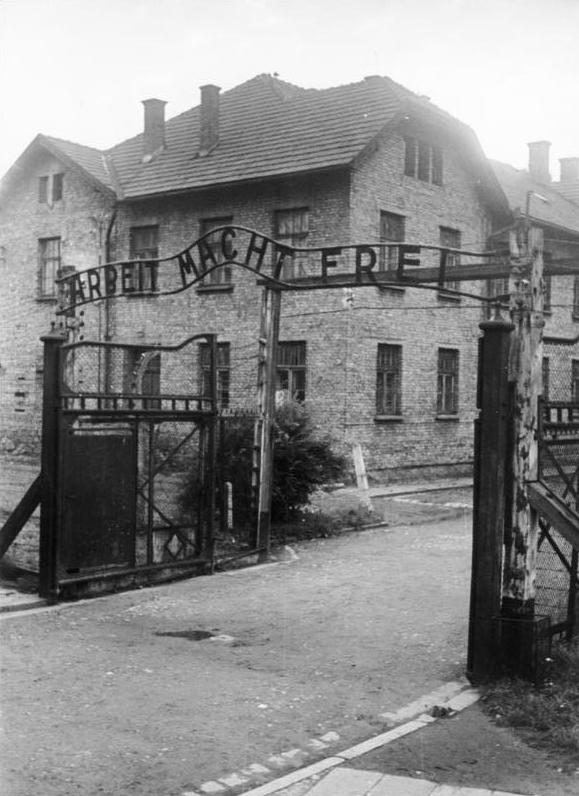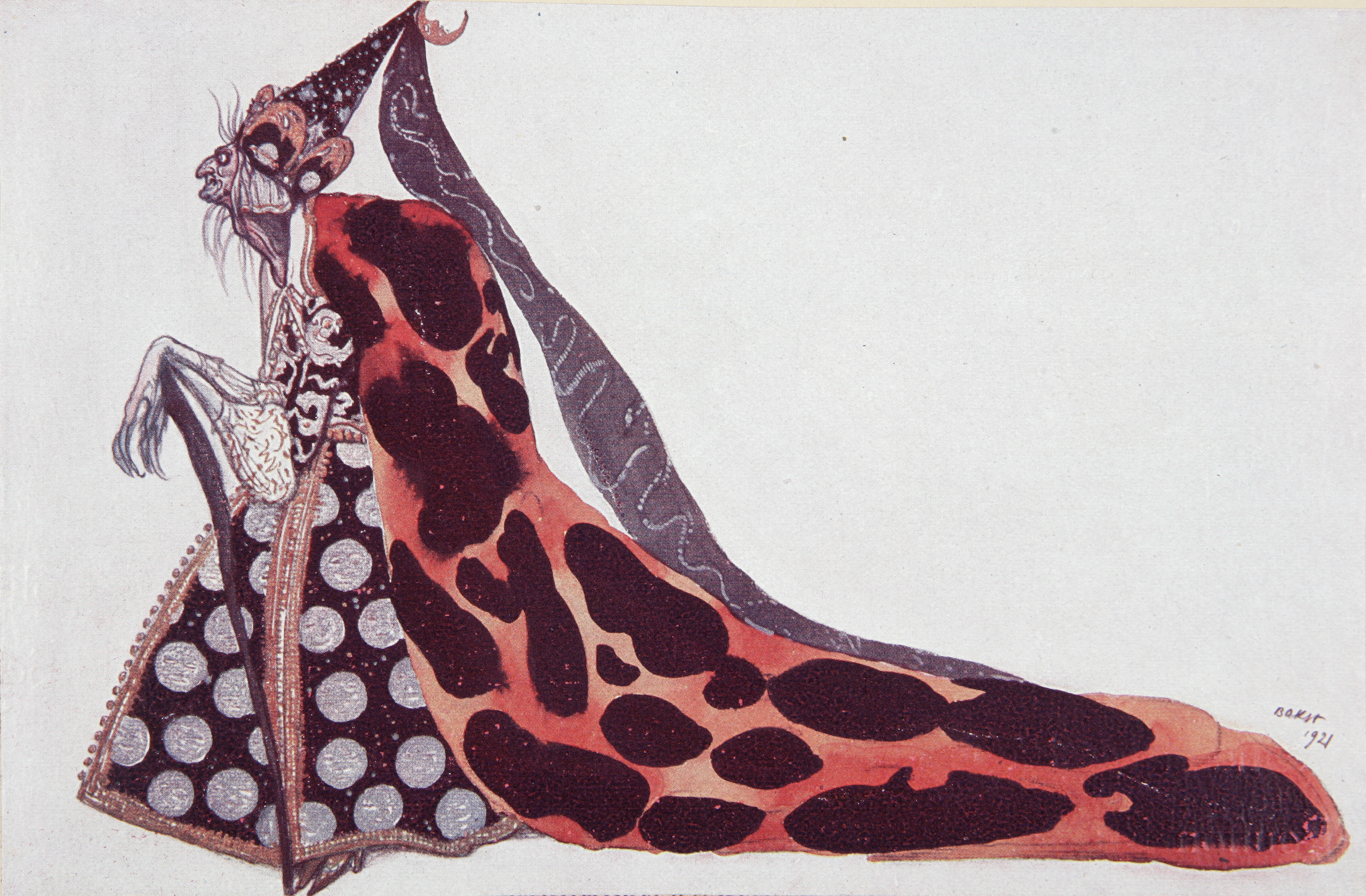|
Antonietta Dell'Era
Antonietta Dell'Era (10 February 1860 Milan 22 June 1945 Berlin) was an Italian ''prima ballerina'' best known for originating the role of the Sugar Plum Fairy in Tchaikovsky's ballet, ''The Nutcracker'' (1892). Dance career 1879 until 1909, Dell'Era had a successful career at the Berlin Opera, praised by many critics and writers including author and poet Theodor Fontane. 1886 and 1894, she danced in Russia, mainly in St. Petersberg, along with the "Italian Invasion" - an influx of talented Italian dancers to Russia that included Pierina Legnani, Enrico Cecchetti, and Virginia Zucchi. Nutcracker The St. Petersberg premiere of the Nutcracker sold out. Peter Tchaikovsky, the famous Russian composer, was commissioned by mastermind choreographer Marius Petipa to compose the ballet. The Nutcracker Ballet was first presented at the Mariinsky Theatre in St. Petersburg, Russia, on December 17, 1892. It was a double premiere together with Tchaikovsky's last opera, ''Iolanta'',. Del ... [...More Info...] [...Related Items...] OR: [Wikipedia] [Google] [Baidu] |
Ballerina
A ballet dancer ( it, ballerina fem.; ''ballerino'' masc.) is a person who practices the art of classical ballet. Both females and males can practice ballet; however, dancers have a strict hierarchy and strict gender roles. They rely on years of extensive training and proper technique to become a part of a professional ballet company. Ballet dancers are at a high risk of injury due to the demanding technique of ballet. Training and technique Ballet dancers typically begin training at an early age if they desire to perform professionally and often take part in international competitions such as YAGP and Prix de Lausanne. At these events, scholarships are being granted to the most talented dancers, enabling them to continue their training at renowned ballet schools around the world, such as the John Kranko Schule in Germany and the Académie de Danse Classique Princesse Grace in Monaco. Pre-professional ballet dancers can audition to enroll at a vocational ballet school suc ... [...More Info...] [...Related Items...] OR: [Wikipedia] [Google] [Baidu] |
Expressionist Dance
''Expressive dance'' from German ''Ausdruckstanz'', is a form of artistic dance in which the individual and artistic presentation (and sometimes also processing) of feelings is an essential part. It emerged as a counter-movement to classical ballet at the beginning of the 20th century in Europe. Traditional ballet was perceived as austere, mechanical and tightly held in fixed and conventional forms. Other designations are ''modern dance'' and (especially in the historical context) ''free dance'', ''expressionist dance'' or ''new artistic dance'', in Anglo-American countries ''German dance''. In 2014, modern dance with the stylistic forms and mediation forms of rhythmic and expressive dance movements was included in the as defined by the UNESCO Convention for the Safeguarding of Intangible Cultural Heritage. German Expressionist dance is related to '' Tanztheater''. History Expressionist dance was marked by the passage of modernism, vitalism, expressionism, avant-garde ... [...More Info...] [...Related Items...] OR: [Wikipedia] [Google] [Baidu] |
Dancers From Milan
Dance is a performing art form consisting of sequences of movement, either improvised or purposefully selected. This movement has aesthetic and often symbolic value. Dance can be categorized and described by its choreography, by its repertoire of movements, or by its historical period or place of origin. An important distinction is to be drawn between the contexts of theatrical and participatory dance, although these two categories are not always completely separate; both may have special functions, whether social, ceremonial, competitive, erotic, martial, or sacred/ liturgical. Other forms of human movement are sometimes said to have a dance-like quality, including martial arts, gymnastics, cheerleading, figure skating, synchronized swimming, marching bands, and many other forms of athletics. There are many professional athletes like, professional football players and soccer players, who take dance classes to help with their skills. To be more specific professional ... [...More Info...] [...Related Items...] OR: [Wikipedia] [Google] [Baidu] |
Italian Expatriates In Russia
Italian(s) may refer to: * Anything of, from, or related to the people of Italy over the centuries ** Italians, an ethnic group or simply a citizen of the Italian Republic or Italian Kingdom ** Italian language, a Romance language *** Regional Italian, regional variants of the Italian language ** Languages of Italy, languages and dialects spoken in Italy ** Italian culture, cultural features of Italy ** Italian cuisine, traditional foods ** Folklore of Italy, the folklore and urban legends of Italy ** Mythology of Italy, traditional religion and beliefs Other uses * Italian dressing, a vinaigrette-type salad dressing or marinade * Italian or Italian-A, alternative names for the Ping-Pong virus, an extinct computer virus See also * * * Italia (other) * Italic (other) * Italo (other) * The Italian (other) * Italian people (other) Italian people may refer to: * in terms of ethnicity: all ethnic Italians, in and outside of Italy * in ... [...More Info...] [...Related Items...] OR: [Wikipedia] [Google] [Baidu] |
19th-century Italian Ballet Dancers
The 19th (nineteenth) century began on 1 January 1801 ( MDCCCI), and ended on 31 December 1900 ( MCM). The 19th century was the ninth century of the 2nd millennium. The 19th century was characterized by vast social upheaval. Slavery was abolished in much of Europe and the Americas. The First Industrial Revolution, though it began in the late 18th century, expanding beyond its British homeland for the first time during this century, particularly remaking the economies and societies of the Low Countries, the Rhineland, Northern Italy, and the Northeastern United States. A few decades later, the Second Industrial Revolution led to ever more massive urbanization and much higher levels of productivity, profit, and prosperity, a pattern that continued into the 20th century. The Islamic gunpowder empires fell into decline and European imperialism brought much of South Asia, Southeast Asia, and almost all of Africa under colonial rule. It was also marked by the collapse of the large ... [...More Info...] [...Related Items...] OR: [Wikipedia] [Google] [Baidu] |
1945 Deaths
1945 marked the end of World War II and the fall of Nazi Germany and the Empire of Japan. It is also the only year in which nuclear weapons have been used in combat. Events Below, the events of World War II have the "WWII" prefix. January * January 1 – WWII: ** Germany begins Operation Bodenplatte, an attempt by the ''Luftwaffe'' to cripple Allied air forces in the Low Countries. ** Chenogne massacre: German prisoners are allegedly killed by American forces near the village of Chenogne, Belgium. * January 6 – WWII: A German offensive recaptures Esztergom, Hungary from the Russians. * January 12 – WWII: The Soviet Union begins the Vistula–Oder Offensive in Eastern Europe, against the German Army. * January 13 – WWII: The Soviet Union begins the East Prussian Offensive, to eliminate German forces in East Prussia. * January 16 – WWII: Adolf Hitler takes residence in the ''Führerbunker'' in Berlin. * January 17 ** WWII: The Soviet Union occupies Warsaw, Polan ... [...More Info...] [...Related Items...] OR: [Wikipedia] [Google] [Baidu] |
1860 Births
Year 186 ( CLXXXVI) was a common year starting on Saturday (link will display the full calendar) of the Julian calendar. At the time, it was known as the Year of the Consulship of Aurelius and Glabrio (or, less frequently, year 939 ''Ab urbe condita''). The denomination 186 for this year has been used since the early medieval period, when the Anno Domini calendar era became the prevalent method in Europe for naming years. Events By place Roman Empire * Peasants in Gaul stage an anti-tax uprising under Maternus. * Roman governor Pertinax escapes an assassination attempt, by British usurpers. New Zealand * The Hatepe volcanic eruption extends Lake Taupō and makes skies red across the world. However, recent radiocarbon dating by R. Sparks has put the date at 233 AD ± 13 (95% confidence). Births * Ma Liang, Chinese official of the Shu Han state (d. 222) Deaths * April 21 – Apollonius the Apologist, Christian martyr * Bian Zhang, Chinese official and g ... [...More Info...] [...Related Items...] OR: [Wikipedia] [Google] [Baidu] |
Antonietta Dell'Era Sport Und Salon 1880
{{disambiguation ...
Antonietta may refer to: *Antonietta (given name), a female given name * Antonietta (gastropod), a genus belonging to the taxonomic family ''Glaucidae'' of colorful sea slugs * Antonietta (novel), a 1991 novel by John Hersey See also *''Antonieta'', a 1982 Spanish film *Antonia (other) *Antonina (other) Antonina may refer to: Geography * Antonina, Paraná, a municipality in Brazil * Antonina, Bełchatów County, in Łódź Voivodeship, central Poland * Antonina, Pajęczno County, in Łódź Voivodeship, central Poland * Antonina, Poddębice County ... [...More Info...] [...Related Items...] OR: [Wikipedia] [Google] [Baidu] |
The Sleeping Beauty (ballet)
''The Sleeping Beauty'' ( rus, Спящая красавица, Spyashchaya krasavitsa ) is a ballet in a prologue and three acts, first performed in 1890. The music was composed by Pyotr Ilyich Tchaikovsky ( Opus 66). The score was completed in 1889, and is the second of his three ballets. The original scenario was conceived by Ivan Vsevolozhsky, and is based on Charles Perrault's ''La Belle au bois dormant''. The choreographer of the original production was Marius Petipa. The premiere performance took place at the Mariinsky Theatre in St. Petersburg on January 15, 1890. The work has become one of the classical repertoire's most famous ballets. History Tchaikovsky was approached by the Director of the Imperial Theatres in St. Petersburg, Ivan Vsevolozhsky on 25 May 1888 about a possible ballet adaptation on the subject of the story of '' Undine''. It was later decided that Charles Perrault's ''La Belle au bois dormant'' would be the story for which Tchaikovsky wou ... [...More Info...] [...Related Items...] OR: [Wikipedia] [Google] [Baidu] |
Pyotr Ilyich Tchaikovsky
Pyotr Ilyich Tchaikovsky , group=n ( ; 7 May 1840 – 6 November 1893) was a Russian composer of the Romantic music, Romantic period. He was the first Russian composer Music of Pyotr Ilyich Tchaikovsky, whose music would make a lasting impression internationally. He wrote some of the most popular concert and theatrical music in the current classical repertoire, including the ballets ''Swan Lake'' and ''The Nutcracker'', the ''1812 Overture'', his Piano Concerto No. 1 (Tchaikovsky), First Piano Concerto, Violin Concerto (Tchaikovsky), Violin Concerto, the ''Romeo and Juliet (Tchaikovsky), Romeo and Juliet'' Overture-Fantasy, several Symphonies by Pyotr Ilyich Tchaikovsky, symphonies, and the opera ''Eugene Onegin (opera), Eugene Onegin''. Although musically precocious, Tchaikovsky was educated for a career as a civil servant as there was little opportunity for a musical career in Russia at the time and no system of public music education. When an opportunity for such an education ... [...More Info...] [...Related Items...] OR: [Wikipedia] [Google] [Baidu] |






.jpg)